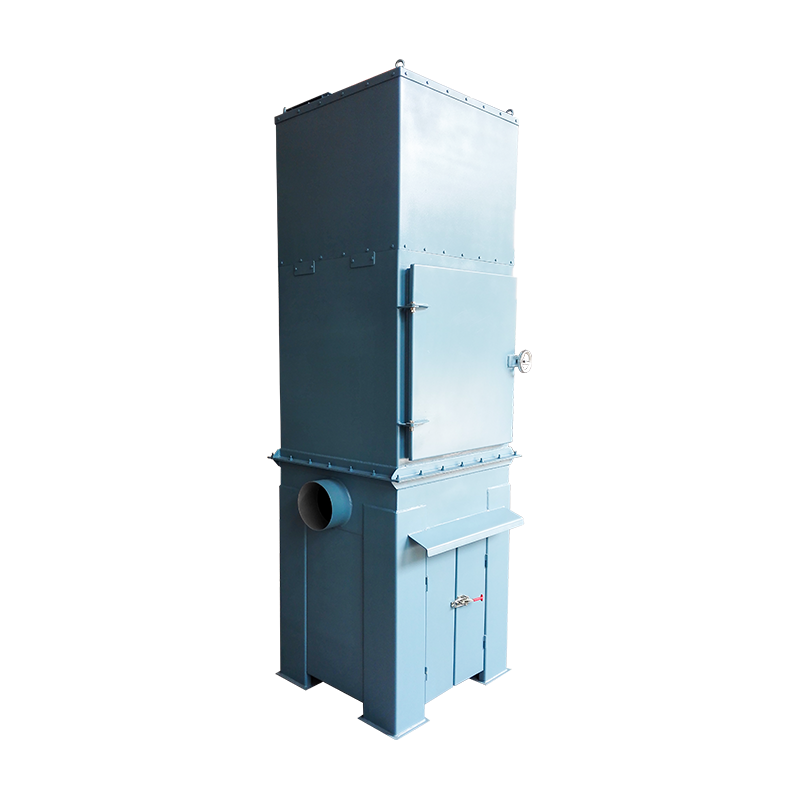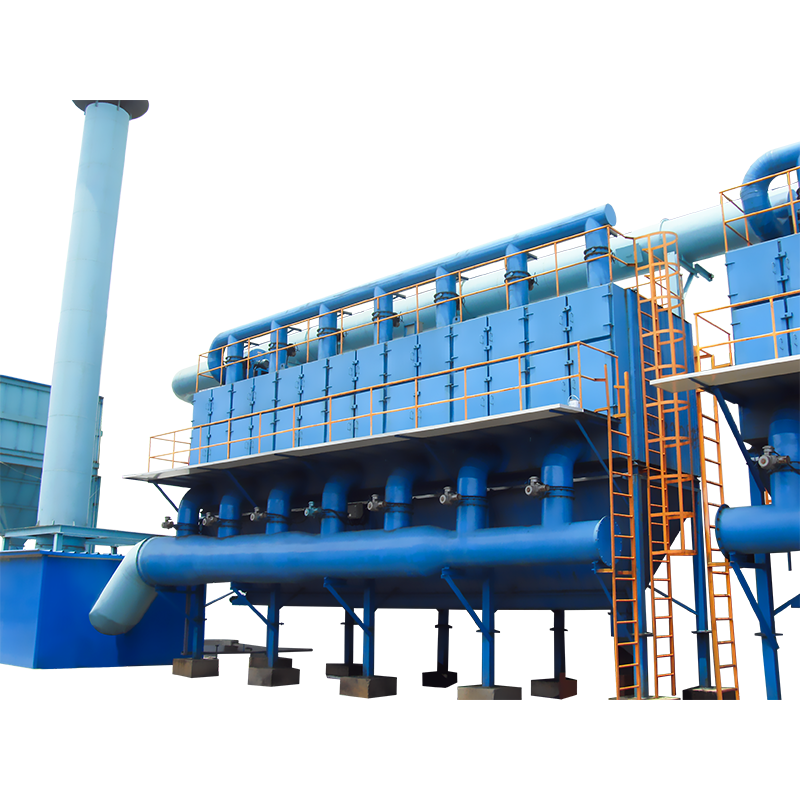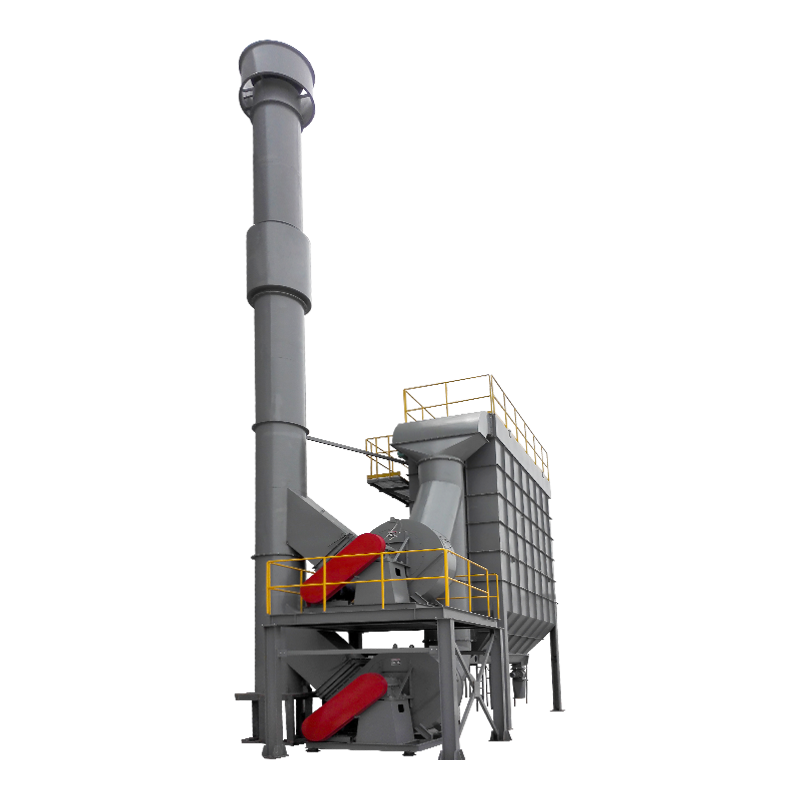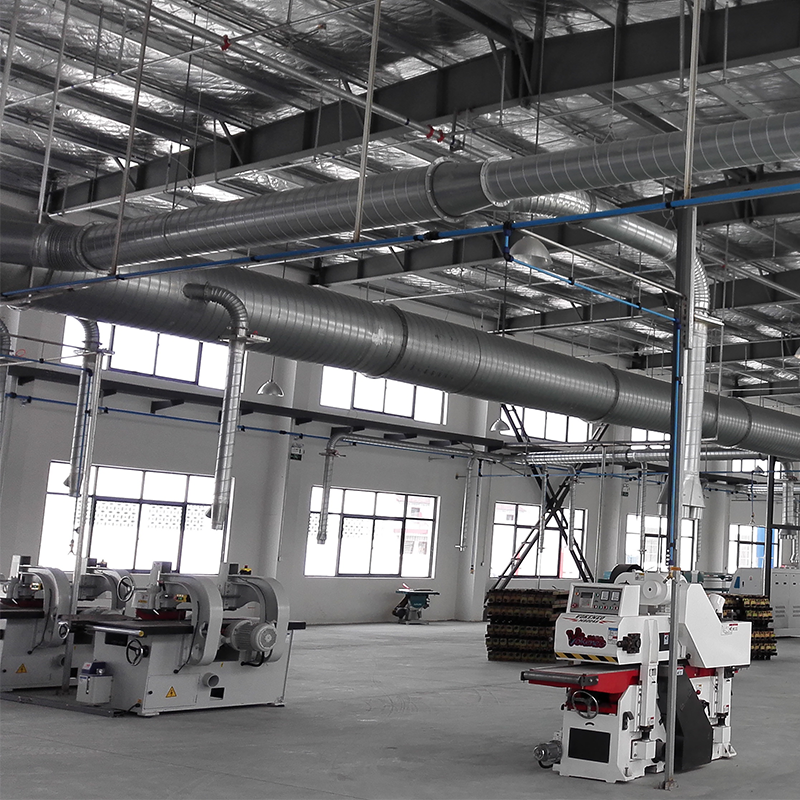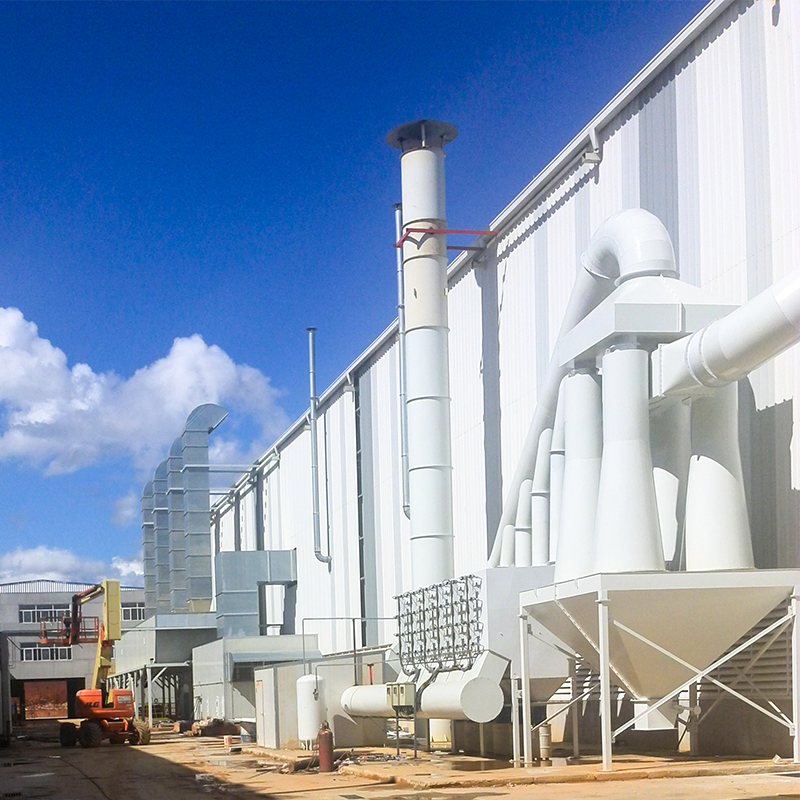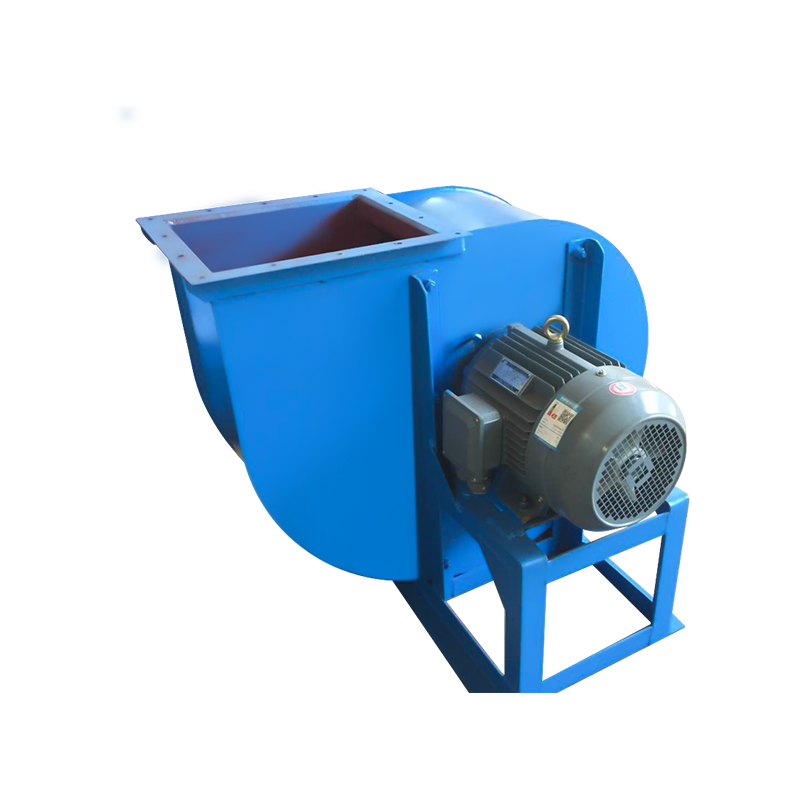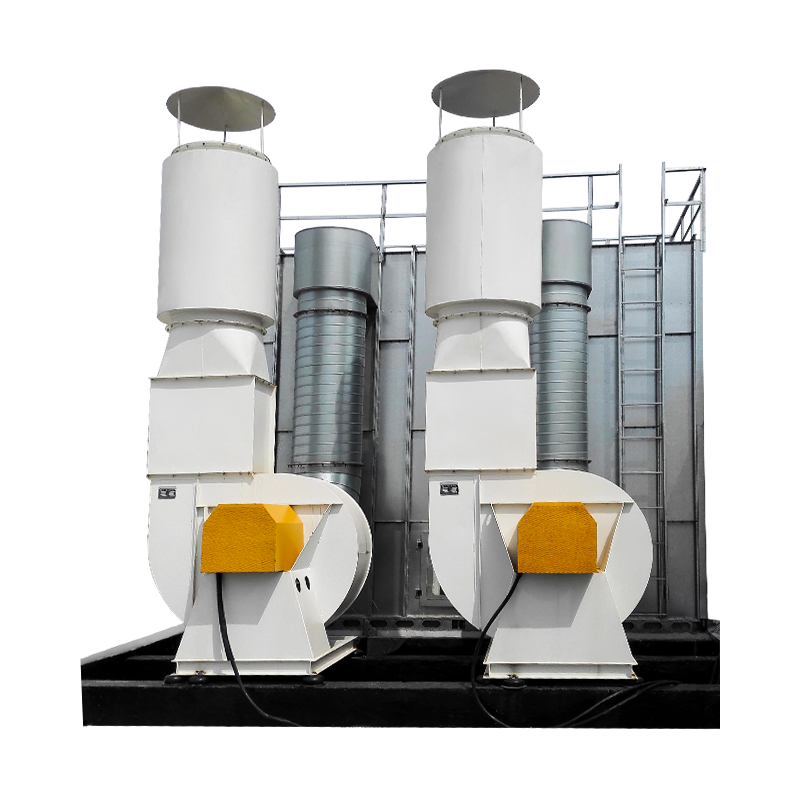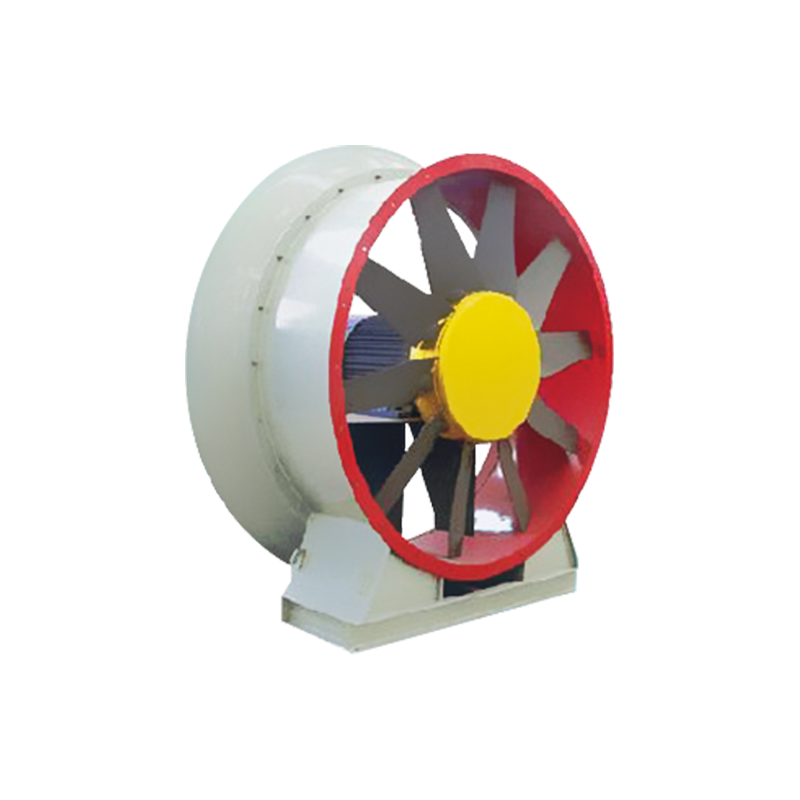What materials are Single Bag Filters usually made of?
The manufacturing materials of Single Bag Filters usually vary according to their application environment and filtration requirements. The following are some common manufacturing materials and their characteristics:
Filter media (filter bag materials):
Polyester: Polyester fibers are widely used in various industrial fields due to their good wear resistance, chemical resistance and high filtration efficiency.
Polypropylene: Polypropylene materials have excellent chemical resistance, high temperature resistance and low moisture absorption, and are suitable for occasions that need to handle corrosive or high-temperature fluids.
Nylon: Nylon filter bags have high strength and wear resistance, and are suitable for occasions that require high filtration accuracy and long service life.
PTFE (polytetrafluoroethylene): PTFE filter bags have extremely high corrosion resistance and high temperature resistance, and can maintain stable filtration performance under extremely harsh working conditions.
Stainless Steel: Stainless steel filter bags are mainly used for liquid filtration, especially in occasions that require high corrosion resistance and high strength, such as liquid filtration in the food, pharmaceutical and chemical industries.
Support structure material:
Stainless steel: Stainless steel is often used as the support frame and shell material of single bag filters due to its excellent corrosion resistance and mechanical strength. Common stainless steel types include 304 and 316L, which have different corrosion resistance.
Carbon steel: In some non-corrosive or mildly corrosive environments, carbon steel can also be used as a support structure material, but it usually needs to be treated with anti-corrosion to improve its corrosion resistance.
Sealing material:
Silicone, **fluororubber (Viton)** and other elastic materials are often used in the seals of single bag filters to ensure a tight seal between the filter bag and the support structure to prevent fluid leakage.
Other auxiliary materials:
Plastics, rubber and other materials may be used to manufacture some auxiliary parts of the filter, such as handles, fasteners, etc.
What regular maintenance and care are required to maintain the best performance of the Single Bag Filter?
In order to maintain the best performance of the Single Bag Filter, a series of regular maintenance and care are required. Here are some key steps and precautions:
1. Regular inspection and cleaning
Check the condition of the filter bag: Regularly check the filter bag for wear, rupture or blockage. If the filter bag is found to be damaged or the filtration efficiency is reduced, it should be replaced in time.
Clean the housing and connectors: Regularly clean the housing and connectors of the filter to ensure that there is no accumulation of dust, dirt or other impurities that affect the filtration effect and sealing.
2. Filter bag replacement
Replace according to specifications: Replace the filter bag regularly according to the usage and manufacturer's recommendations. Generally, the replacement cycle of the filter bag depends on the nature of the fluid, flow rate and filtration requirements.
Pay attention to replacement details: When replacing the filter bag, make sure that the new filter bag matches the size and specifications of the filter and is properly installed according to the manufacturer's instructions.
3. Sealing inspection
Check the seals: Check the seals of the filter (such as O-rings, gaskets, etc.) regularly to see if they are intact. If they are worn or aged, they should be replaced in time.
Perform a sealing test: After installing or replacing the filter bag, a sealing test should be performed to ensure that the filter is leaking.
4. Monitoring and recording
Monitor the pressure difference: Monitor the pressure difference change of the filter through the pressure difference gauge to understand the blockage of the filter bag. When the pressure difference reaches the set value, the filter bag should be cleaned or replaced in time.
Record maintenance information: Record the time, content, replaced parts and other information of each maintenance and maintenance for subsequent tracking and analysis.
5. Other precautions
Avoid excessive pressure: Ensure that the filter operates within the specified pressure range and avoid exceeding its maximum working pressure.
Prevent corrosion: For filters that need to handle corrosive fluids, corrosion-resistant materials should be selected and the corrosion of the materials should be checked regularly.
Shutdown maintenance: During the shutdown period, the filter should be fully inspected and maintained to ensure that it can operate normally at the next startup.

 English
English Español
Español عربى
عربى
